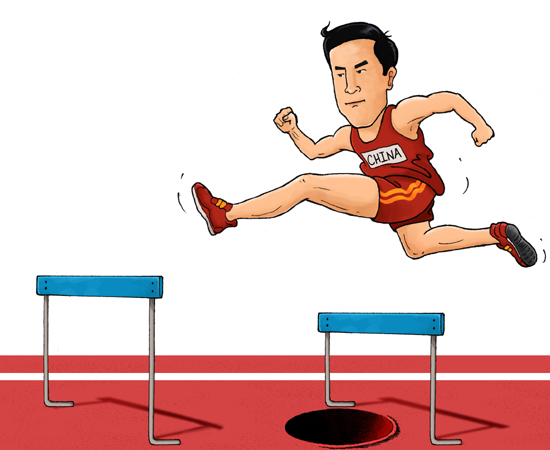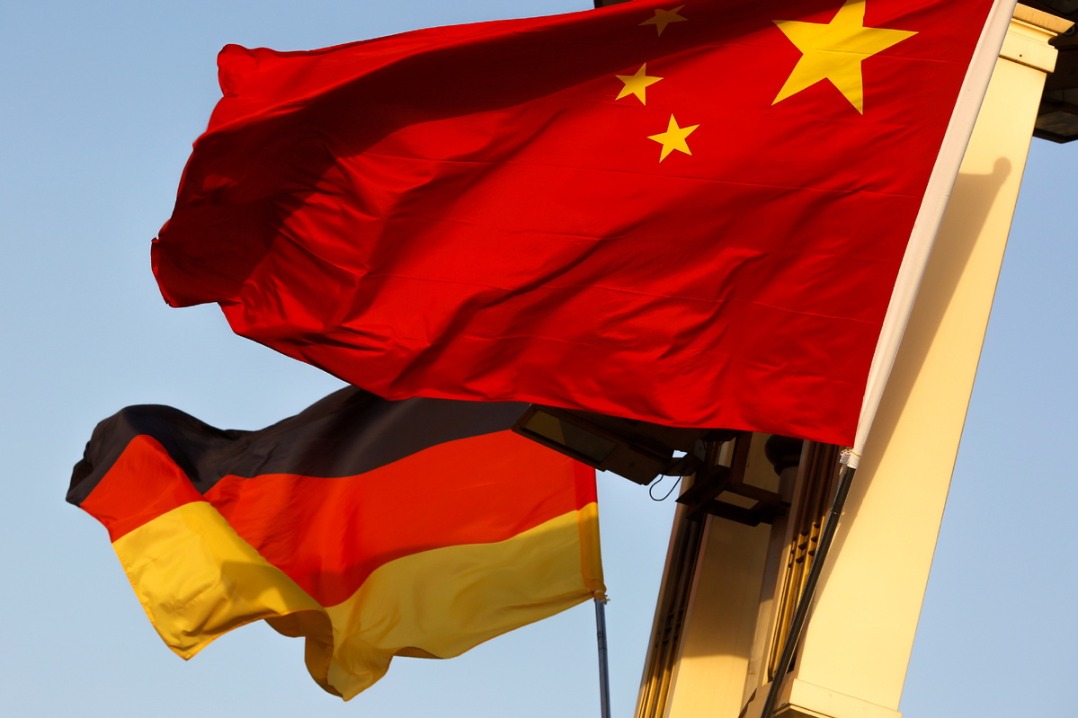How to beat the middle-income trap


According to the World Bank, high-income economies (with per capita gross national income of $12,236 or more) include the United States, Western Europe and Japan, while upper middle-income economies (per capita gross national income between $3,956 and $12,235) include Turkey, Russia, Brazil and China.
China entered the ranks of the upper-middle-income countries in the early 2010s, and it has great potential to overcome the middle-income trap. First, its unprecedented growth record speaks for itself. Second, the rebalancing of the economy, from exports and investment to consumption and innovation, is proceeding according to the expected trajectory. Third, new growth targets indicate policymakers are well attuned to the need to move from simple growth to higher-quality development. Fourth, deleveraging of local debt has been initiated, which will support sustained growth over time.
At the 19th National Congress of the Communist Party of China, General Secretary Xi Jinping emphasized that development is the foundation and key to addressing all problems. China's medium-term policies must cope with these challenges in the "new normal" of the international environment, even as the country's uneven and inadequate development is at odds with people's ever-growing needs for a better life".
Unlike other major economies, China is executing structural reforms, which has proven difficult in other countries. The US is so polarized that some policymakers prefer a government shutdown to a credible, bipartisan medium-term debt-cutting plan. In the eurozone, the sovereign debt crisis has caused huge dislocations and a cyclical recovery alone is not enough to resolve the structural crisis. And in Japan, half a decade of massive monetary injections has not brought about adequate inflation.
In China, economic reforms are central to the rebalancing, which could lift the rest of the impoverished population out of poverty by 2020, just as it is turning the country into the leading actor in global efforts to combat climate change through innovation.
To avoid the middle-income trap, the ability to distinguish between appropriate policies and misguided prescriptions is pressing for several reasons.
First, there are the historical lessons. It took advanced economies decades, even centuries, to advance from low-income to high-income economies. Yet many of them demand that today's emerging economies do the same in a matter of years. But when Latin American countries tried to adjust to such prescriptions, they were penalized by "lost decades".
Second, there is the matter of size. Advanced economies like to tout the success of British or US industrialization as a blueprint to emerging countries. Yet when Britain and the US began industrialization, the former had barely 30 million people and the latter about 40 million (the combined population of Shanghai and Guangzhou today). Such laissez-faire doctrines fare particularly poorly in emerging economies, which are larger by magnitudes.
At the regional level, some areas of China's wealthier coastal megacities have already graduated into the high-income category, but the national economy is still in transition. So we should not compare China with industrializing Britain or the US, but ask: How long has it taken for Europe to industrialize, from the first industrial centers in the United Kingdom to rural Romania? In Romania, for instance, more than 25 percent of the people are still employed in agriculture.
If, after two and a half centuries, industrialization is still not complete in peripheral Europe (whose population is only half of the Chinese mainland's), why is China expected to complete it in three decades?
Third, there is the issue of wealth. Advanced economies were pretty prosperous even before they industrialized, thanks not to democracies and free markets but to mainly imperial regimes that grew wealthy on the back of infant-industry protection and protectionism, brutal colonialism, or both. In mid-19th century Britain and late 19th century US, per capita incomes were at the level that Russia first reached in the 1950s, Brazil around 1960, China in the early 1990s and India just a decade ago.
The trick to overcome the middle-income trap is to avoid those development doctrines that reflect self-interested tenets. The real task is to concentrate on economic development that supports progressive improvements in the living standards of the ordinary people in emerging economies.
The author is a guest fellow at the Shanghai Institutes for International Studies.









































